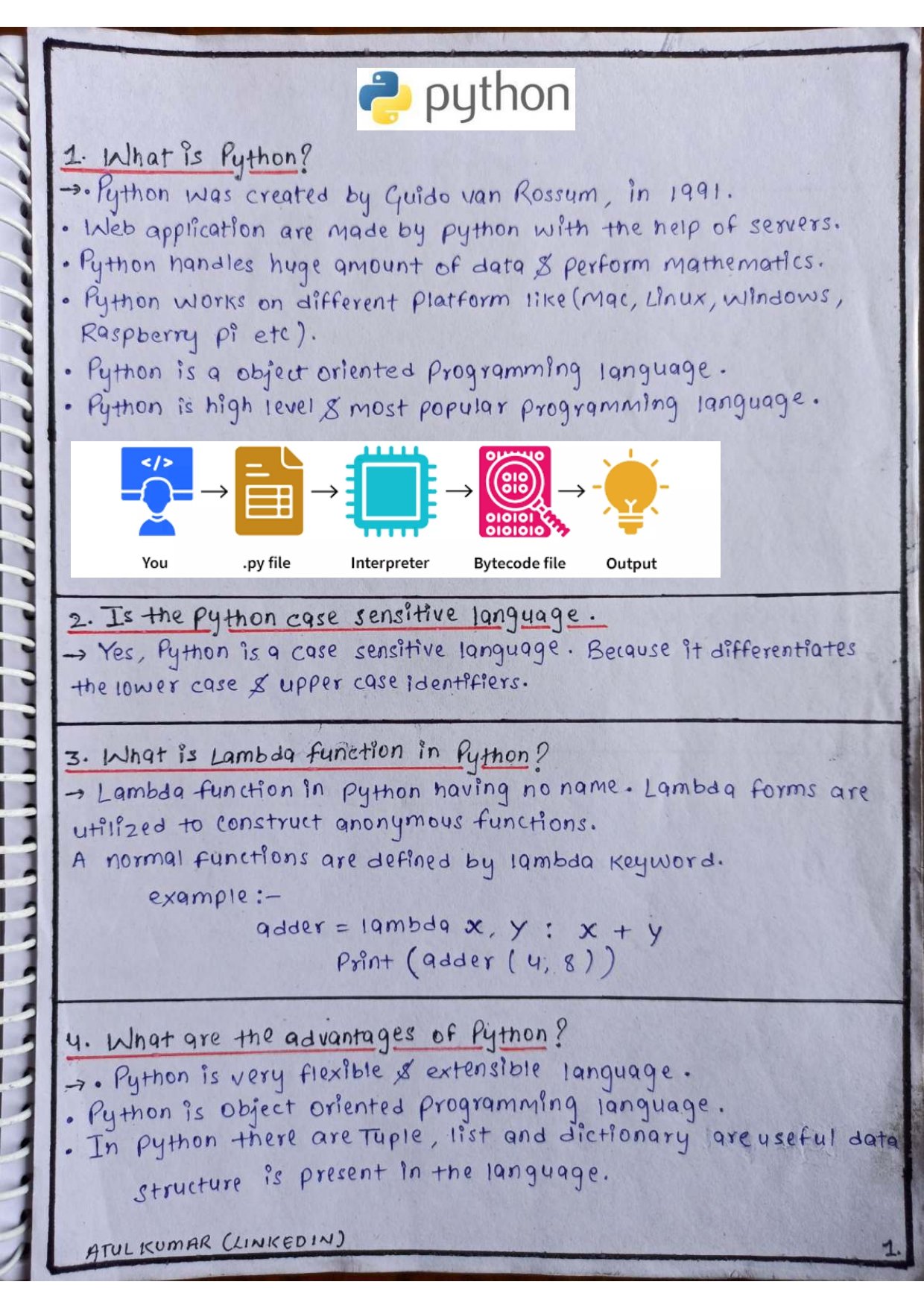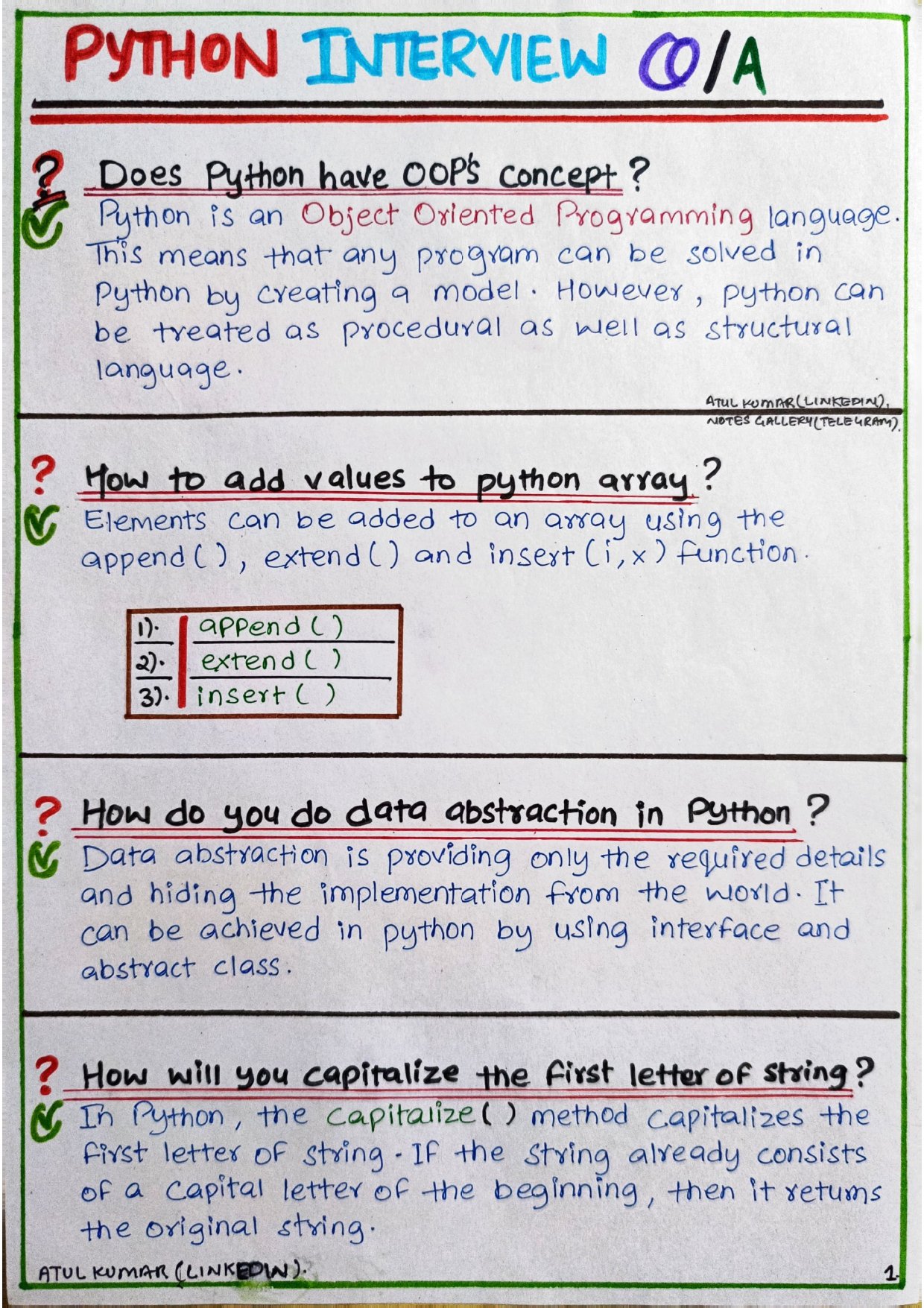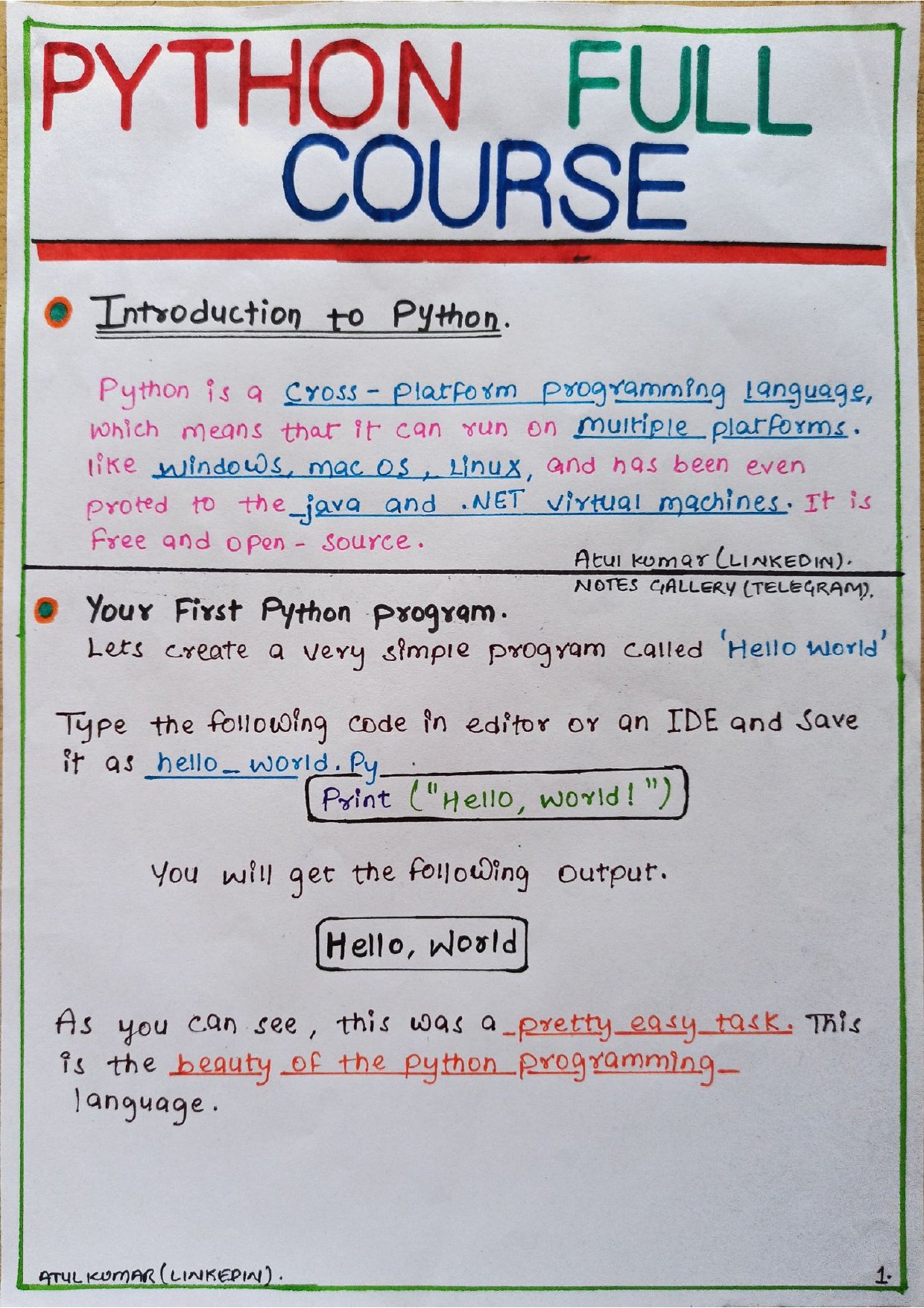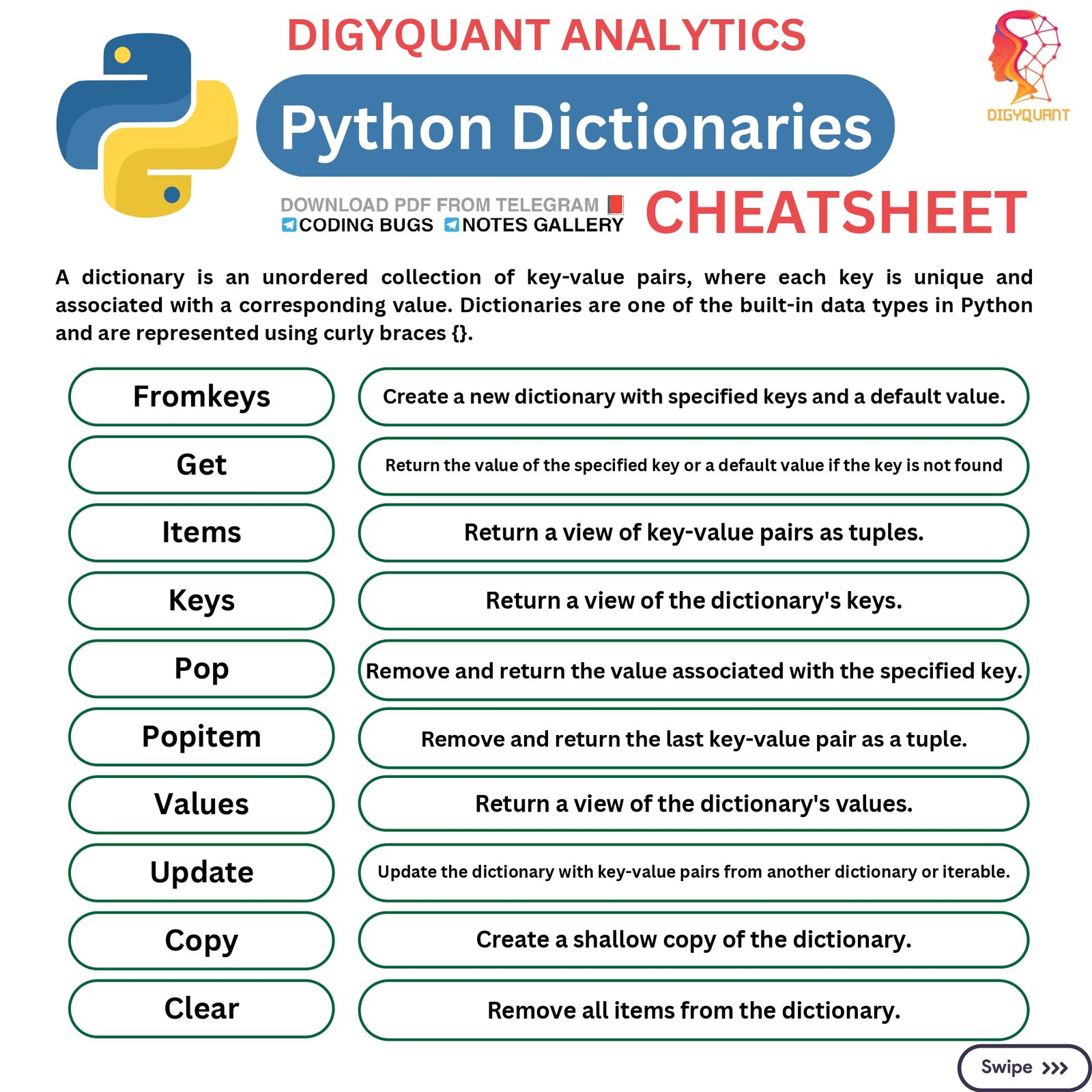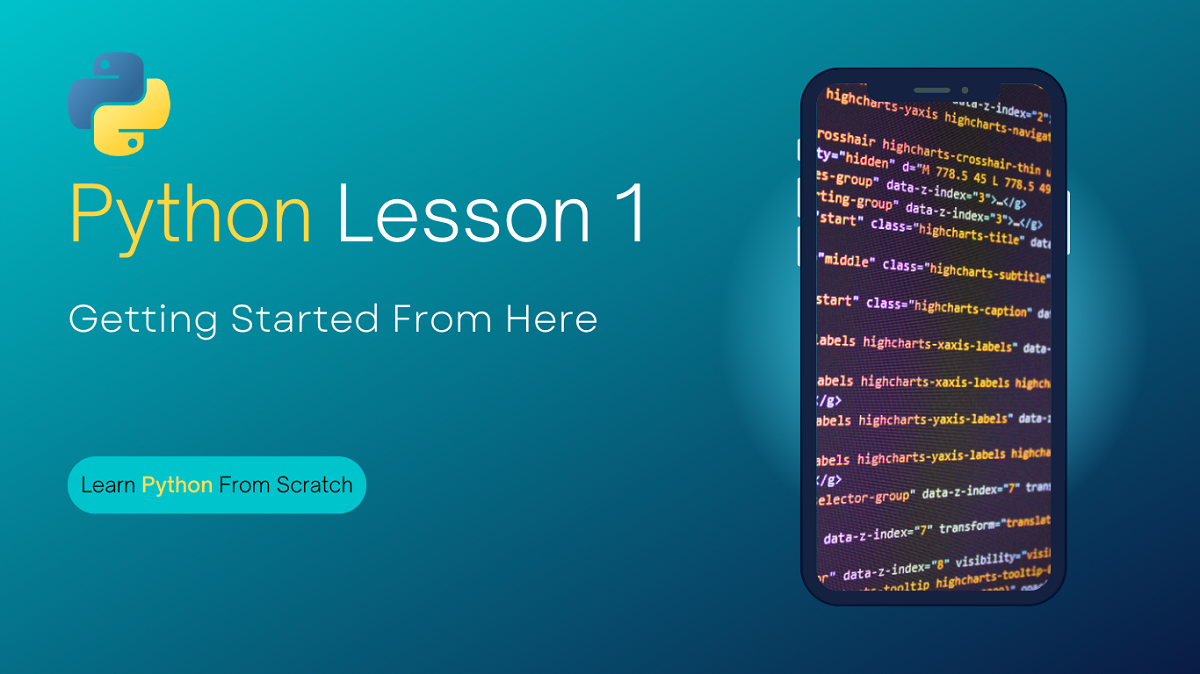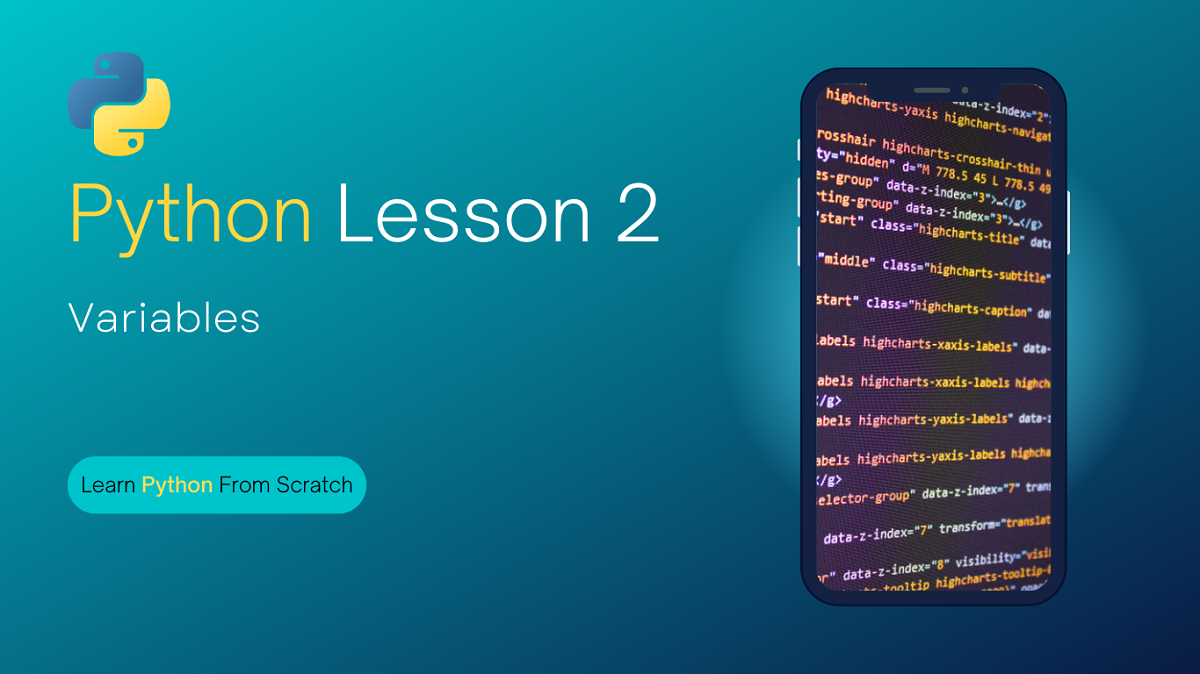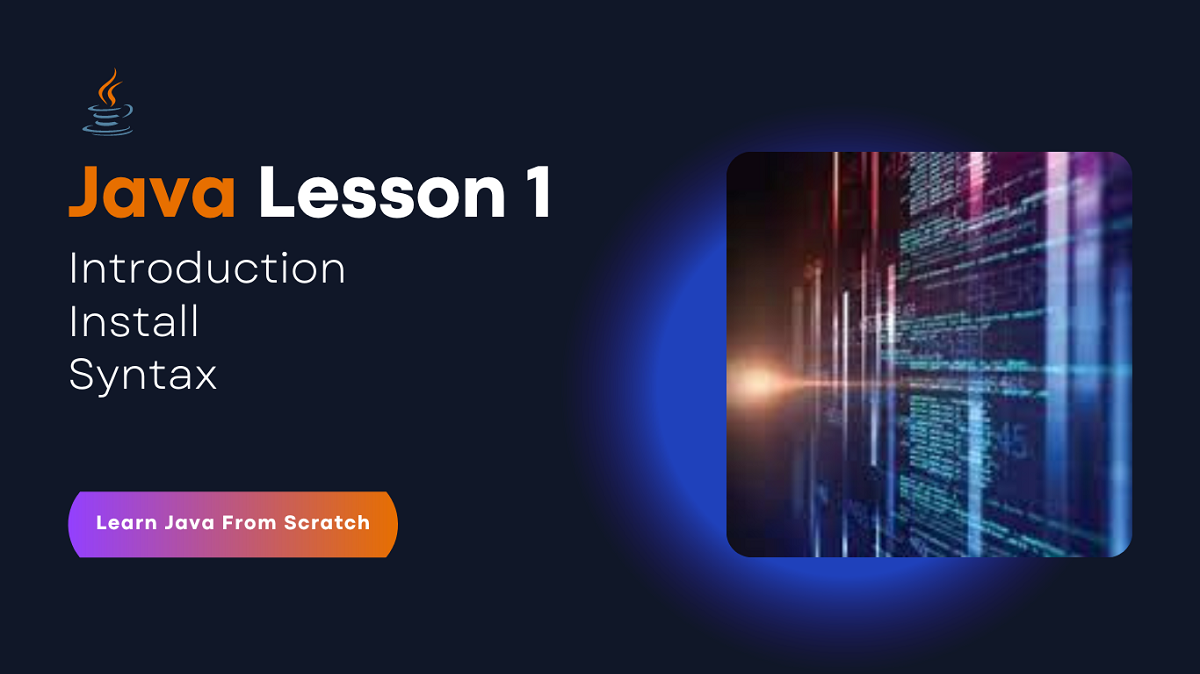Object Oriented Programming in Python: Defining Classes
Object-Oriented Programming (OOP) is a powerful paradigm that allows developers to structure their code in a modular and reusable manner. With its clean syntax and extensive support for OOP concepts, Python is an ideal language for learning and implementing OOP principles.
In this blog post, we present the “OOPs in Python PDF: Defining Classes,” a comprehensive guide that will help you understand and master the art of defining classes in Python. Let’s delve into the world of OOP and unlock the potential of this invaluable resource!
Understanding Object-Oriented Programming in Python:
Object-oriented programming revolves around the concept of objects, which are instances of classes. By encapsulating data and behavior within objects, OOP promotes code reusability, modularity, and extensibility. The “OOPs in Python PDF: Defining Classes” serves as your comprehensive guide to understanding and implementing OOP concepts in Python.

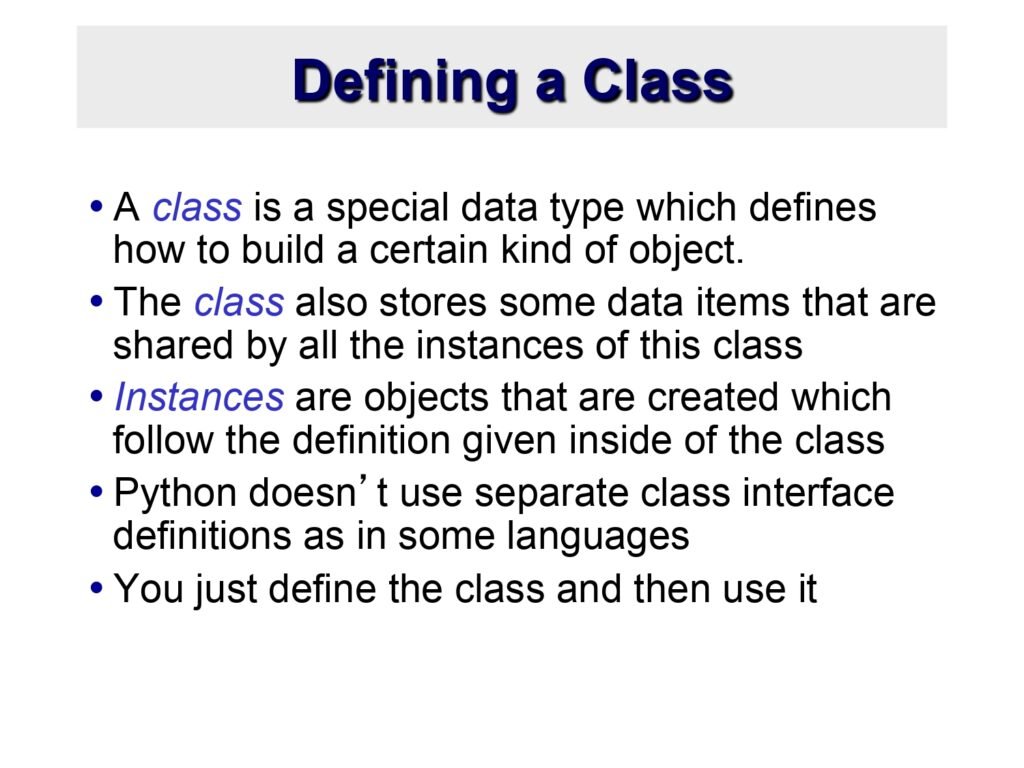
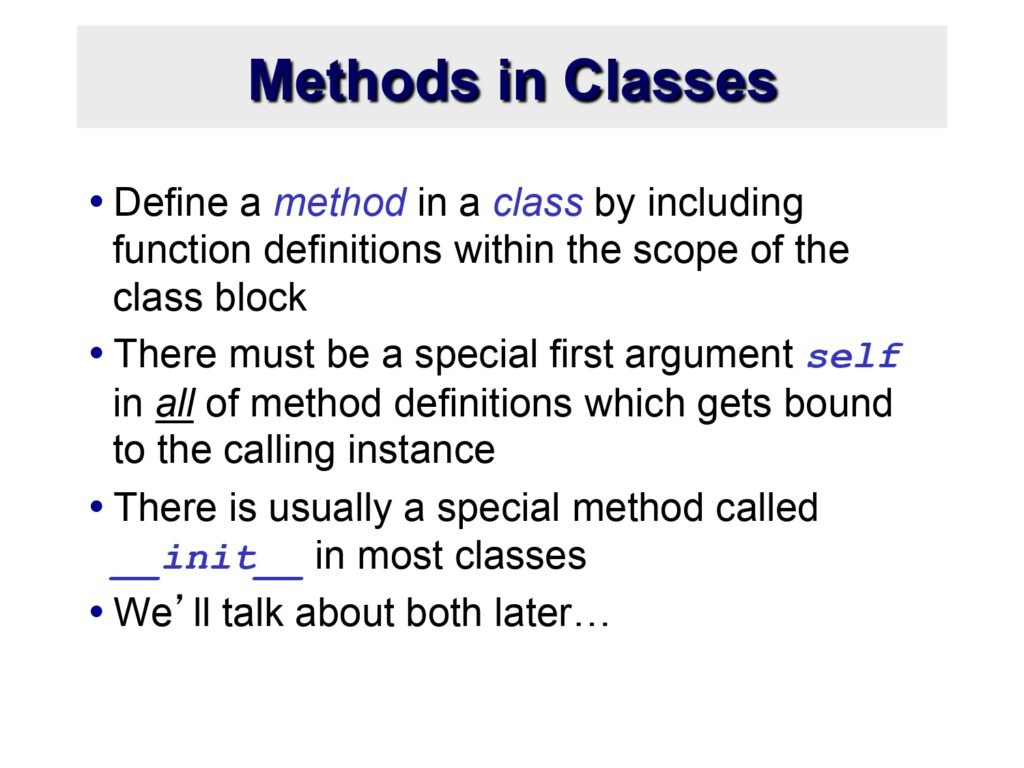

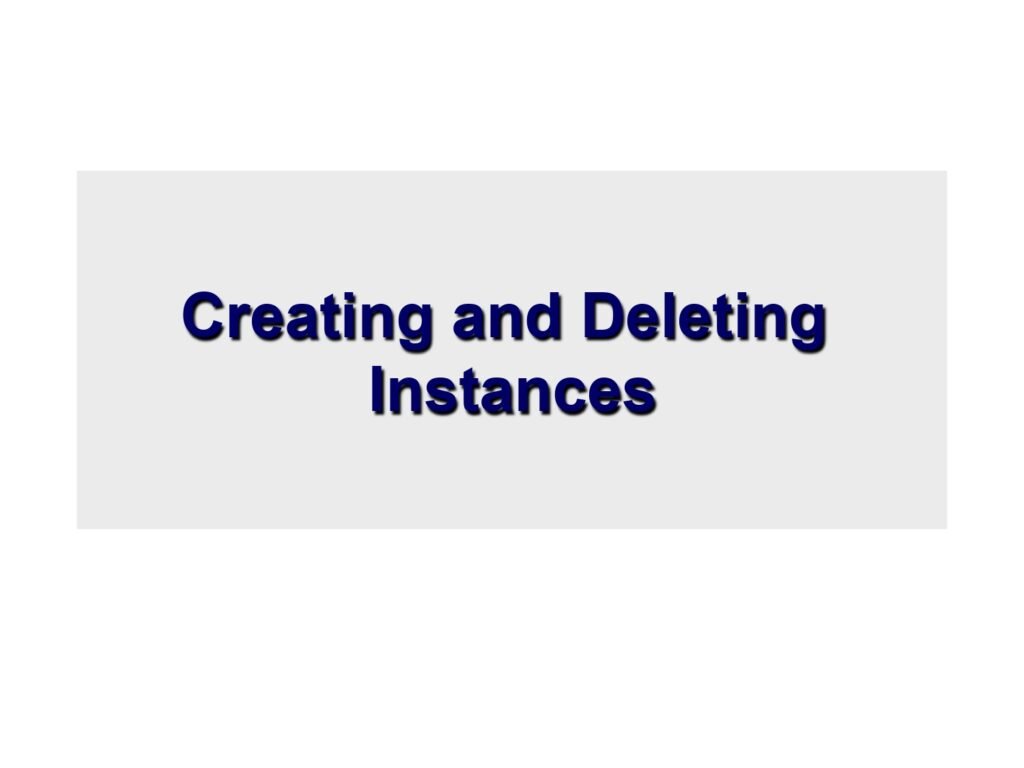
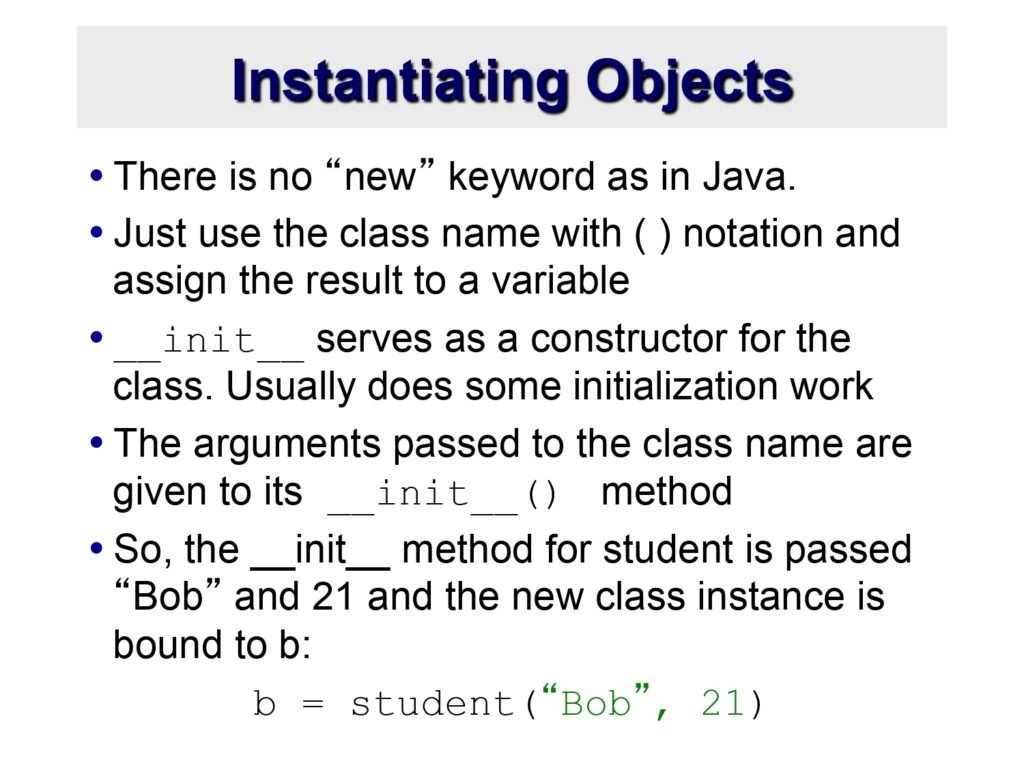
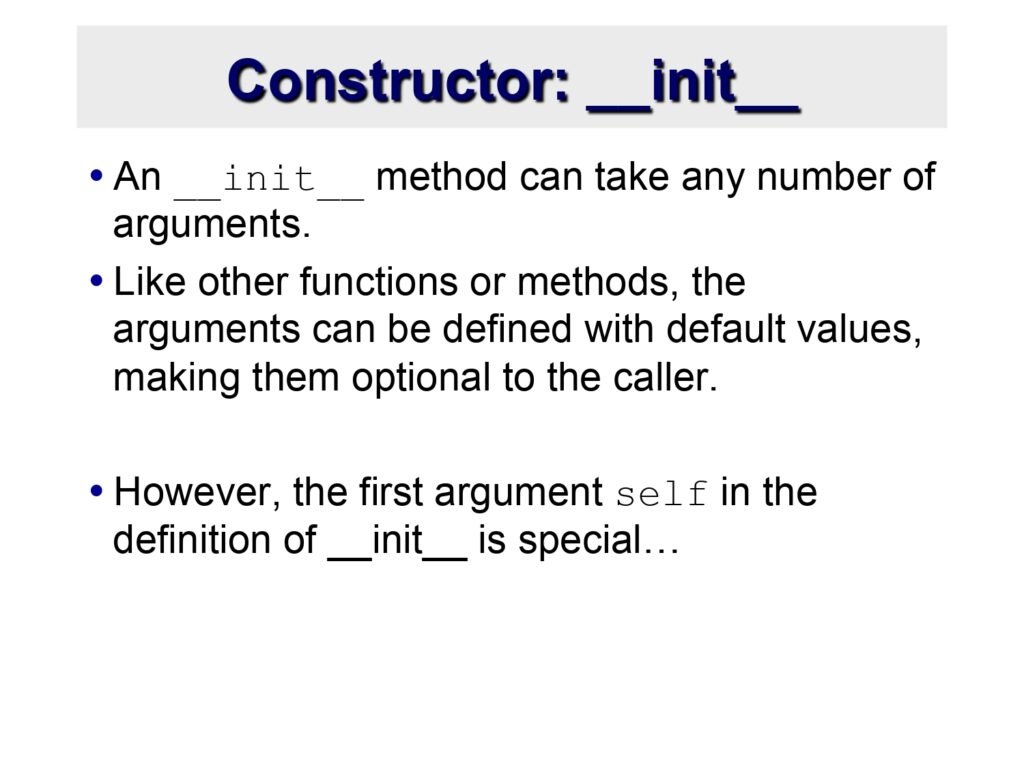
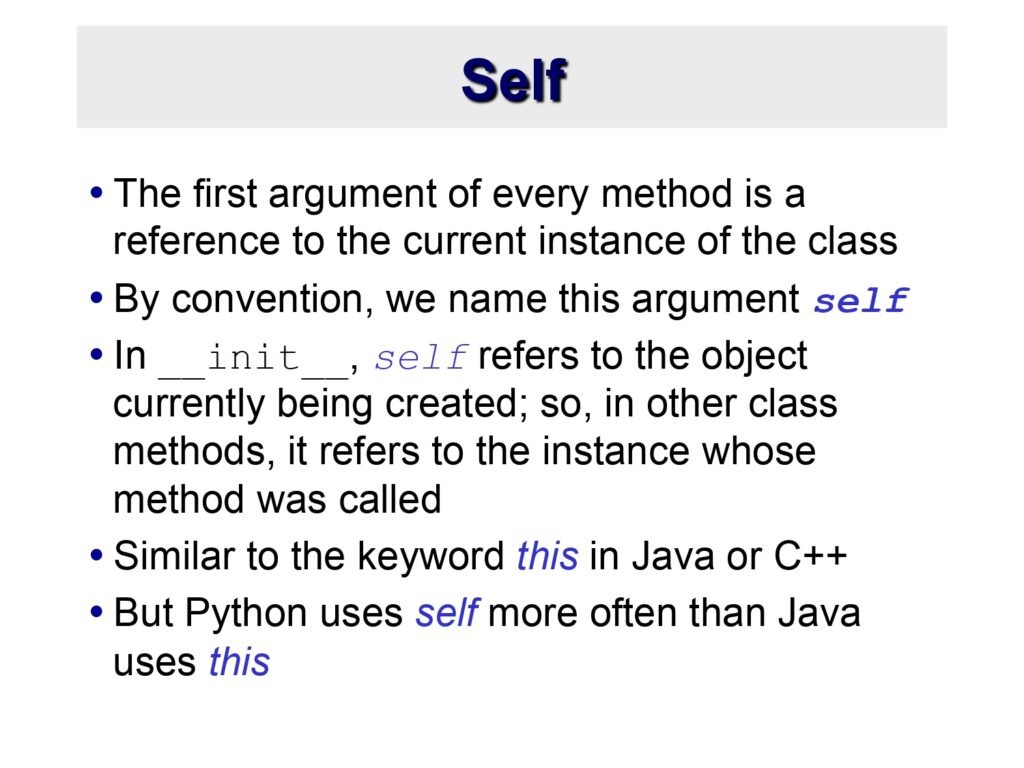
Mastering Class Definition in Python:
The “OOPs in Python PDF: Defining Classes” is designed to provide a thorough understanding of class definition in Python. Here are the key topics covered in this guide:
a. Class Basics: The PDF starts with the fundamentals of class definition, explaining how to create classes, define attributes, and implement methods. It covers concepts such as constructors, instance variables, and class variables.
b. Encapsulation: Encapsulation is a core principle of OOP that allows you to hide the internal state of an object and expose only necessary information through well-defined interfaces. The PDF explores how to encapsulate data and behavior within classes using access modifiers and property decorators.
c. Inheritance and Polymorphism: Inheritance enables you to derive new classes from existing ones, inheriting their attributes and methods. Polymorphism allows objects of different classes to be used interchangeably. The PDF delves into these concepts, showcasing how to create class hierarchies and leverage the power of inheritance and polymorphism in Python.
d. Method Overriding and Overloading: The PDF explains method overriding and overloading, which allow you to redefine existing methods or create multiple methods with the same name but different parameters. These features enable you to customize and extend the behavior of your classes.
e. Class Relationships: The PDF explores various class relationships, such as composition and aggregation. It demonstrates how to establish relationships between classes to model real-world scenarios and build complex systems.
Key Features and Benefits:
The “OOPs in Python PDF: Defining Classes” offers several features and benefits that enhance your learning experience:
a. Comprehensive Examples: The PDF includes comprehensive examples that illustrate class definition and OOP concepts in Python. These examples provide practical insights and serve as a reference for your own coding projects.
b. Visual Representation: The PDF may incorporate diagrams, UML (Unified Modeling Language) diagrams, and visual aids to enhance your understanding of class relationships, inheritance, and other OOP concepts. Visual representations simplify complex ideas and aid in conceptualizing the structure of your classes.
c. Code Snippets and Best Practices: The PDF shares code snippets and best practices for defining classes in Python. These snippets help you write clean, maintainable, and efficient code, adhering to industry standards and conventions.
d. Self-Paced Learning: The PDF accommodates self-paced learning, allowing you to progress through the material at your own speed. You can revisit and review concepts as needed, ensuring a thorough understanding of class definition and OOP principles.
Building Robust Applications:
Understanding class definition and OOP concepts in Python empowers you to design and develop robust software systems. By leveraging the power of OOP, you can create reusable libraries, build scalable applications, and collaborate effectively with other developers. The “OOPs in Python PDF: Defining Classes” serves as a stepping stone toward mastering OOP and unleashing your creativity in Python programming.
Conclusion:
The “OOPs in Python PDF: Defining Classes” is a comprehensive guide that equips you with the knowledge and skills to define classes and embrace the power of object-oriented programming in Python. Its comprehensive coverage, practical examples, visual aids, and self-paced learning approach ensure an engaging and effective learning experience.
So, download the “OOPs in Python PDF: Defining Classes” and embark on a journey to master OOP concepts in Python. By understanding class definition and OOP principles, you’ll be well-prepared to develop scalable, maintainable, and efficient Python applications that meet the demands of modern software development.
Nu Of Pages
36 Pages
Download OOPs in Python: Defining Classes PDF:
For Other Python Topics From here

